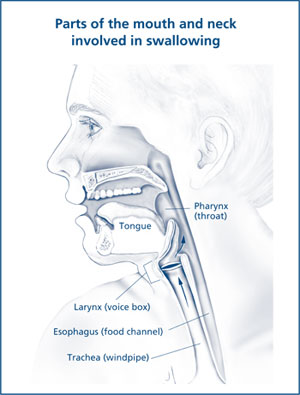Oral Motor Function In Pediatrics
Join Our Movement
What started as an idea has become a national movement. With your support, we can influence policy and inspire lasting change.
Become an Advocate
Treatments include oral motor therapy usually provided by a Speech-Language Pathologist. This includes desensitization, oral motor strengthening, and swallowing techniques. Methods for clearing the airway are also provided. Further assistance may be provided by an Occupational Therapist and Physical Therapist for fine motor control and adaptive equipment.
Techniques to improve swallowing that may be prescribed include:
- Sitting bolt upright when drinking or eating
- Drinking only tepid fluids
- Adding thickener to liquids
- Taking small bites
- Tucking the chin when swallowing
- Learning how to clear the throat
Since most of the techniques can only be performed by an older child, a feeding tube may be needed for younger children or if mouth feeding is not possible at the current time.
Detailed information about dysphagia can be found here.
Dysarthria (difficulty in speaking) can be from a variety of specific speech issues. Overall, it is an inability to produce clear speech. This might include mumbling, slurring, talking too loud or soft, too slow or fast, robotic sounds, hoarseness, or stuffy nose sounds. Caregivers may notice poor tongue, lip, and jaw movement.
With paralysis, all the oral motor functions may be affected or just one side.
Testing is performed by a Speech-Language Pathologist who will assess your voice quality and speaking ability, in words, sentences, and conversation depending on the development and age of the child.
Treatments for dysarthria may include:
- Adjusting speech patterns, slower, louder, clearer
- Development and strengthening of lips and tongue
- Changing vocalizations to express emotions
- Exercises for breathing and breath support
- Adding gestures, writing, or adaptive or alternative communication devices
- Family members will be given tips for conversing and listening to their child
Dysphagia and dysarthria may be treated at the same time. Success in treatment requires participation by the child, parent or caregivers, and therapists. It is a process that results in improvements and plateaus. As your child develops, more options become available.
More information about dysarthria can be found here.
